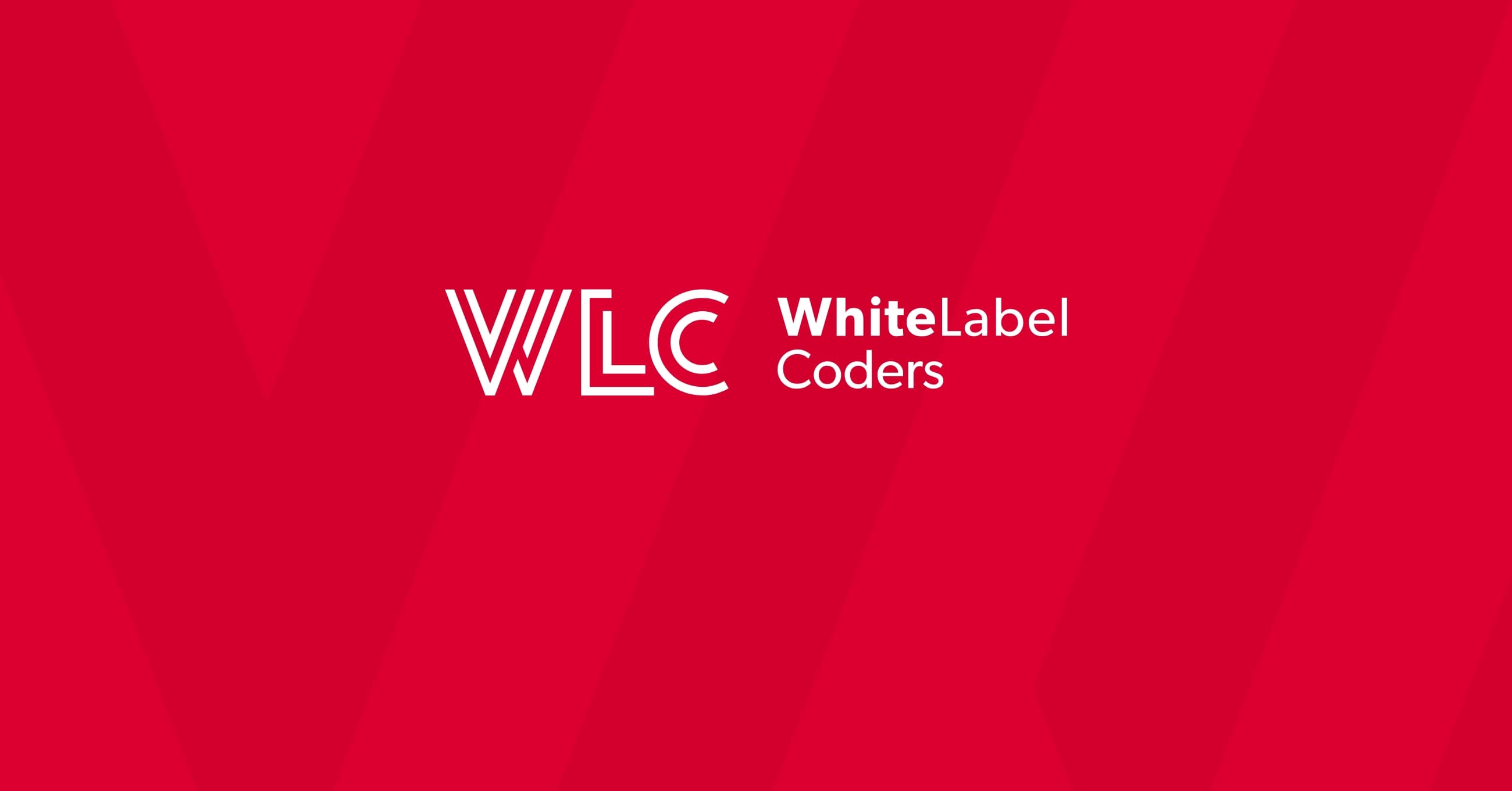Category: SEO AI
Can multiple people work on a WordPress website?

Yes, multiple people can work on a WordPress website simultaneously. WordPress includes built-in user management features with different role-based permissions, allowing teams to collaborate effectively. From content creators to developers, various team members can contribute to the same project using proper workflows, staging environments, and collaboration tools whilst maintaining security and preventing conflicts.
Understanding WordPress collaboration fundamentals
WordPress was designed with collaboration in mind. The platform’s user management system allows multiple people to work together seamlessly, whether they’re creating content, developing features, or managing the website.
At its core, WordPress provides a robust foundation for team collaboration through its role-based permission system. This means you can assign specific responsibilities to different team members without compromising security or workflow efficiency.
Team coordination becomes particularly crucial when working on custom WordPress website projects. Whether you’re building a multilingual business site, WooCommerce e-commerce platform, or a complex web application, proper collaboration ensures everyone stays aligned with project goals and timelines.
What are WordPress user roles and how do they enable collaboration?
WordPress offers five default user roles, each with specific permissions designed to facilitate collaborative workflows. Understanding these roles is essential for effective team management.
The Administrator role provides complete control over the website, including user management, plugin installation, and theme modifications. This role is typically reserved for project managers or lead developers.
Editors can publish and manage posts and pages, including content created by other users. They’re perfect for content managers who need oversight of all published material.
Authors can create, edit, and publish their own posts but cannot modify content from other users. This role suits content creators who work independently.
Contributors can write and edit their own posts but cannot publish them without approval. This role works well for guest writers or junior team members.
Subscribers have the most limited access, typically used for registered users who need to access restricted content or leave comments.
How do you set up multiple users on a WordPress website?
Setting up multiple users is straightforward through the WordPress admin dashboard. Navigate to Users > Add New to begin the user setup process.
You’ll need to provide essential information including username, email address, and password. Choose the appropriate role based on the user’s responsibilities within your team.
For enhanced security, consider requiring strong passwords and enabling two-factor authentication. This becomes particularly important when multiple people have access to your website.
When working on larger projects, establish clear naming conventions for usernames and maintain documentation of who has access to what. This practice proves invaluable during project handovers or when troubleshooting issues.
What tools and plugins help teams collaborate on WordPress development?
Professional WordPress development teams rely on various tools to streamline collaboration. Staging environments are essential for testing changes before they go live on production sites.
Version control systems like Git enable developers to track changes, collaborate on code, and revert to previous versions when needed. This is particularly crucial for WordPress custom development projects where multiple developers work on the same codebase.
Popular collaboration plugins include:
- Editorial Calendar for content planning and scheduling
- User Role Editor for customising permissions beyond default roles
- WP Project Manager for task assignment and progress tracking
- PublishPress for editorial workflows and content approval processes
Communication tools like Slack or Microsoft Teams integrate well with WordPress workflows, allowing teams to discuss changes and share updates in real-time.
How do development teams manage WordPress code collaboration?
Successful code collaboration requires structured workflows and proper development environments. Teams typically use Git workflows to manage code changes and prevent conflicts between developers.
Local development environments allow each developer to work independently without affecting the live website. Popular solutions include Local by Flywheel, XAMPP, or Docker-based setups.
The deployment process should follow a clear pathway: local development → staging → production. This ensures all changes are thoroughly tested before reaching end users.
Best practices include:
- Creating feature branches for new developments
- Regular code reviews before merging changes
- Automated testing where possible
- Clear commit messages describing changes made
For complex projects involving custom plugins or themes, maintaining proper documentation becomes crucial for team members to understand the codebase structure.
What are the best practices for WordPress team workflow management?
Effective workflow management starts with clear communication protocols and defined responsibilities. Establish who handles what aspects of the project from the beginning.
Regular team meetings help maintain alignment and address any challenges early. Whether you’re using SCRUM methodology or another framework, consistent communication prevents misunderstandings and delays.
Task delegation should be based on team members’ strengths and expertise. Content creators focus on writing and editing, whilst developers handle technical implementations and customisations.
Documentation plays a vital role in team workflows. Maintain updated records of:
- Project requirements and specifications
- Code standards and conventions
- Deployment procedures
- Contact information for key stakeholders
Regular backups and security updates should be assigned to specific team members to ensure these critical tasks aren’t overlooked.
How do you handle conflicts when multiple people edit WordPress simultaneously?
WordPress includes built-in revision systems that help prevent and resolve conflicts when multiple users edit content simultaneously. The platform automatically saves content revisions, allowing you to restore previous versions if needed.
When two users attempt to edit the same post simultaneously, WordPress displays a warning message indicating another user is currently editing the content. This simple notification system prevents most conflicts from occurring.
For development teams working on code, Git provides sophisticated conflict resolution tools. When conflicts arise, developers can compare changes and merge them appropriately.
Prevention strategies include:
- Establishing clear schedules for when team members work on shared content
- Using project management tools to assign specific tasks
- Implementing code review processes before merging changes
- Regular communication about who’s working on what
For larger teams, consider implementing editorial calendars and approval workflows to coordinate content creation and publication schedules.
Key takeaways for successful WordPress team collaboration
Successful WordPress collaboration hinges on proper planning, clear communication, and the right tools. Understanding user roles and permissions forms the foundation of any collaborative WordPress project.
Technical considerations like version control, staging environments, and deployment processes are equally important for development teams. These tools prevent conflicts and ensure smooth project delivery.
Remember that WordPress’s flexibility makes it suitable for various project types, from simple blogs to complex web applications. The collaboration approach should match the project’s complexity and team size.
Regular training and documentation updates help team members stay current with best practices and project-specific requirements. This investment in knowledge sharing pays dividends throughout the project lifecycle.
Whether you’re building a custom WordPress website or managing ongoing content creation, establishing clear workflows and communication channels sets your team up for success. The key is finding the right balance between structure and flexibility that works for your specific project needs.

